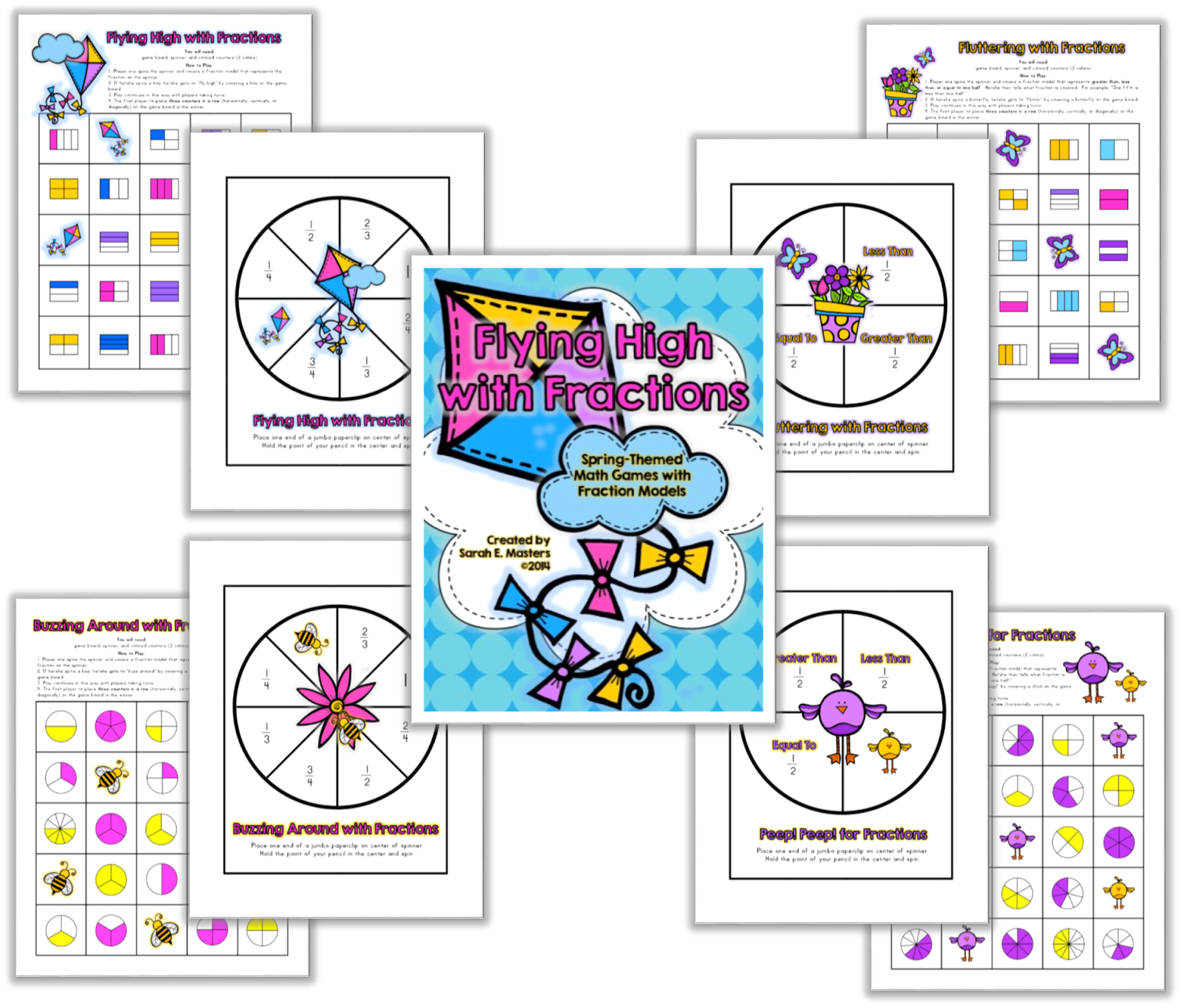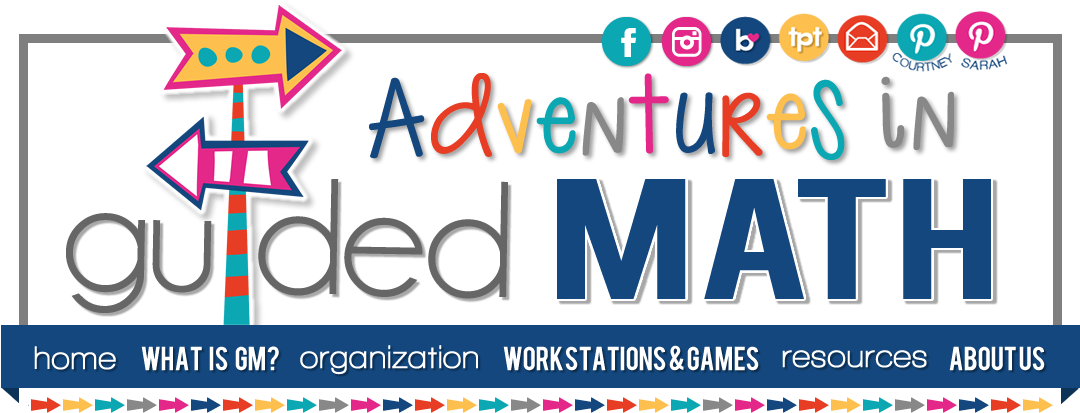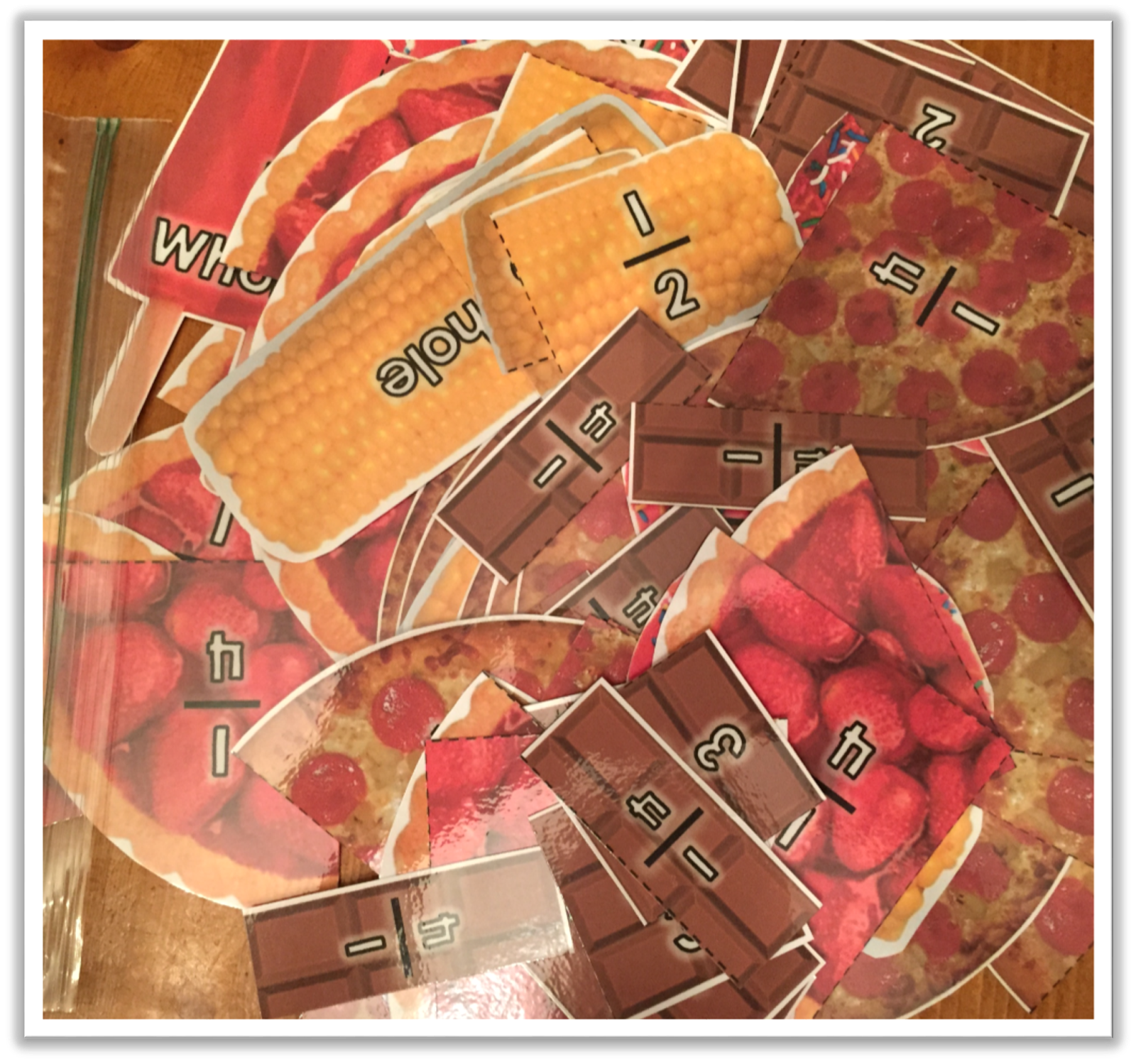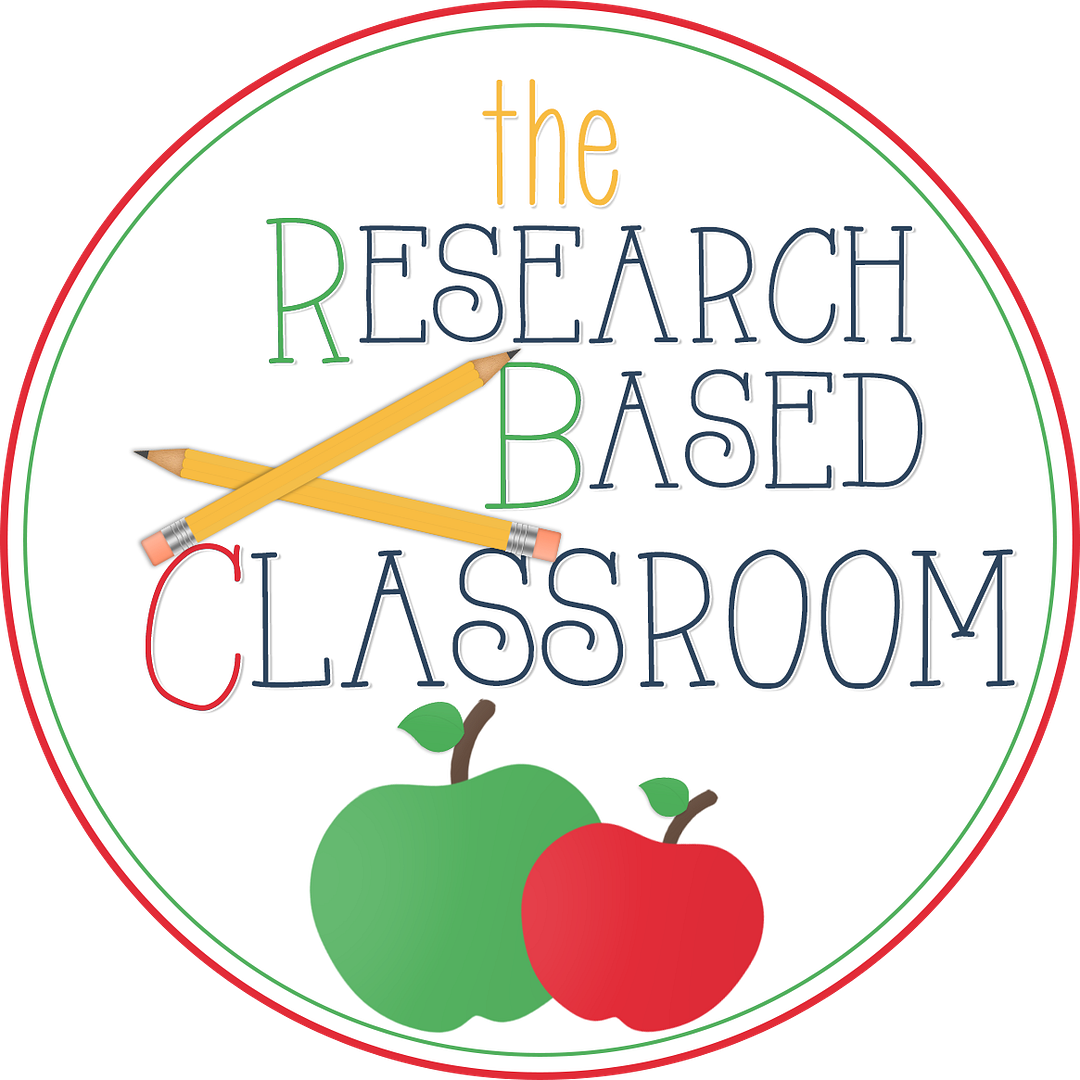Each of our Fly on the Math Teacher's Wall hops are devoted to squashing teacher and/or student misconceptions. I am not really discussing a misconception, but I would like to focus on some key ideas I feel most important in helping my students develop a solid foundation in fractions that will be built upon as they progress from year to year. If students understand these key ideas, hopefully some future misconceptions can be avoided.
The following is the second grade Common Core Standard for fractions:
CCSS.Math.Content.2.G.A.3
Partition circles and rectangles into two, three, or four equal shares, describe the shares using the words halves, thirds, half of, a third of, etc., and describe the whole as two halves, three thirds, four fourths. Recognize that equal shares of identical wholes need not have the same shape.
There are several key ideas for understanding:
- A whole represents all of something (1 whole).
- A fraction represents part of a whole (for introductory understanding, this is important--as we know, a fraction can represent any number of equal parts--as with improper fractions, but students also need to understand when working with improper fractions that an improper fraction is greater than one whole. This understanding will be developed in later years for my students.)
- A fraction represents part of a whole that has been divided into EQUAL parts (for my students this understanding is developed with the use of circles and rectangles, not equal sized parts of a set)
How do I help my students develop a working understanding of each of the above ideas?
We begin our explorations by identifying objects that are in the form of a whole and those that are not. We examine items around the classroom that are and are not whole (an unsharpened pencil vs. a sharpened pencil, a unopened Kleenex box vs. a box that is part full, etc), and I also bring in various items (cookies, bottles of soda, fruits, etc.) in whole and part form. Items are sorted into two categories. The group of items that are not whole are then labeled as fractions.
To help students understand that a fraction represents part of a whole that has been divided into equal parts, we explore wholes that have been divided into equal and unequal parts. A lesson about equal sharing is done. Students seem to understand the concept of equal parts when it is related to sharing the whole of something with a friend. Posing various sharing scenarios with items divided into equal and unequal parts is helpful. My kids love when I choose students to share my pizza and candy bar with. I divide both unequally, share with volunteers, and then ask my students if my sharing is fair. This naturally leads to a discussion of how my sharing is not fair because the parts I shared were not equal. I then ask students how the items CAN be shared equally. They, of course, can always tell me. We continue our explorations by cutting out circles and rectangles. We fold the shapes to create equal parts, cut them out and create models.
Only after students have a solid understanding of these three ideas do we move on to the concepts outlined in the standard. Guided math groups are easily formed based on what I have observed in our initial explorations. In small groups I am able to further develop some students' understandings of the key concepts before moving on, work more with some students on partitioning wholes, and challenge those who already have understanding beyond the second grade standard.
UPDATE: Totally forgot to post these little gems that I use in guided math groups. So simple to make and use. How could I have forgotten? Enjoy!
Providing multiple opportunities for independent practice is always important, so this is done in rotations while I am meeting with guided groups. Options for practice are differentiated. Please feel free to download a few of my activities for independent practice.
Pizza Parts: Fraction Models Task Cards
Pizza Parts: Comparing Fractions Task Cards
Four Leaf Fractions Board Game & Spinner
Flying High with Fractions Board Games & Spinners

Hope you have found something you can use with your students!
Please take the time to hop around to all of the participating bloggers. Your next stop is Brandi from The Research Based Classroom!
Happy hopping---







The last 2 require your permission to access on Google. I hope I get to hear from you soon! Thank you so much for sharing.
ReplyDeleteAll is fixed now--sorry for the trouble! :0)
DeleteThese look so wonderful! I can't wait to use them in centers with my 2nd graders when we start our fraction unit! Thank you!
ReplyDeleteSuper! Glad you can use them! Thanks so much for hopping by...
DeleteSarah
I also tried to access and need permission. I hope to be able to access it. Looks like good stuff!
ReplyDeleteI have the links fixed now. Thanks for your patience!
DeleteSarah
Thanks so very much! I am planning on using these for visual reference for my kiddos when we compare fractions!
DeleteWow, thank you for your generosity! Your point about making sure that students have a firm understanding of whole/part, equal/not equal are incredibly well taken. So often we jump into fractions because that's the next unit up on the list without pausing to be sure that the students have the basic understanding ready for these tasks!
ReplyDeleteYou are so welcome! Thanks so much for stopping by and leaving a comment! I have yet to hop around myself, but I will be hopping later this afternoon.
ReplyDeleteSmiles,
Sarah
Love the idea of talking about things around the classroom that are a whole and things that are part.
ReplyDeleteTara
The Math Maniac
Thanks so much for stopping by! It's surprising how many things they can find... :0)
DeleteSmiles,
Sarah
Thank you for sharing. I will be checking it out when we do fractions soon.
ReplyDeleteHi Sarah,
ReplyDeleteThank you for sharing these resources. I am a math coach working with 2nd-5th grade teachers. I will be passing these resources along with the link to your blog post to my 2nd grade teachers.
Thank you for passing them on! I hope they will find them useful. :0) Thanks so much for stopping by!
DeleteSarah
Thanks for sharing all these wonderful resources. I think your mats are a particularly good idea and can't wait to try them.
ReplyDeleteSuper! Glad you like them, and I hope your students enjoy using them. :0)
DeleteSarah
Great post Sarah! The fraction mats are really nice. Thank you for sharing. I will be putting these to good use. : )
ReplyDeleteGreg
Mr Elementary Math
So glad you can use them! Love this hop! :0)
DeleteSarah
So glad they can be of good use to you! Great to have you stop by...
ReplyDeleteSmiles,
Sarah
I was thinking about my next unit which is fractions. I have a student who gets very anxious when I mention fractions or any new math skill. Thank you for the resources to help him and the others learn without freaking out. They will love matching the food fractions.
ReplyDeleteSo glad these can be of use to you and your students! Enjoy your fraction explorations...
DeleteSarah
Thank you for sharing! I will use with my own child and with an intervention group at school.
ReplyDeleteSounds great! Hope your students enjoy them!
DeleteSarah
Thank you so much for sharing your resources. I'm looking forward to using these with my students. Thanks again!
ReplyDeleteI appreciate your willingness to share your ideas and resources! I would like to use these to model a small, guided math group, for my mentee. I work closely with teachers who are new to the county/school/teaching and also coaching staff members.
ReplyDeleteYou are so welcome! Glad they can be of use to you and your mentees! Hope your students enjoy them!
DeleteSmiles,
Sarah
Super! Good luck with testing! Hope your fellow teachers find them useful...
ReplyDeleteAll the best--
Sarah